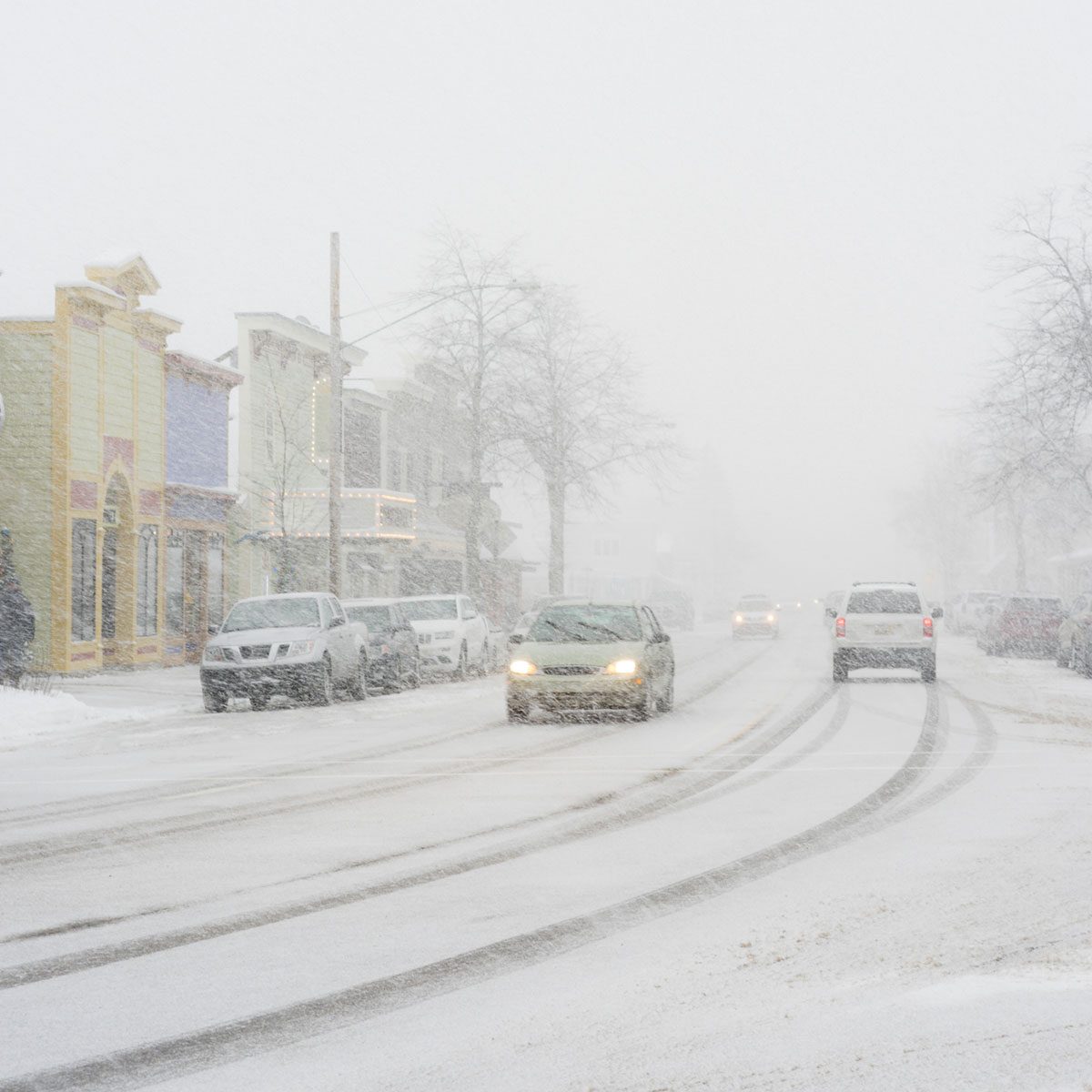Learn essential safety tips and what to pack in your winter car kit to stay safe on icy roads.

The 5 States Where Winter Driving Is Most Dangerous

Winter driving can be a real challenge, and in some states, it’s downright dangerous. Thanks to a recent report from MoneyGeek, we now have a clearer picture of which states pose the biggest risks when the roads get icy and the snow starts falling. By analyzing data from the National Highway Traffic Safety Administration’s (NHTSA) Fatality Analysis Reporting System (FARS), MoneyGeek uncovered the states where winter driving is at its worst. If you live in or plan to drive through these states, buckle up and be prepared.
On This Page
Which States Are the Most Dangerous for Winter Driving

Let’s dive into the states that top the list for winter driving dangers. MoneyGeek’s analysis looked at factors like the number of fatalities, fatality rates, and how safe the drivers are overall. Here are the top five:
Michigan
Winter Danger Score: 100.0
Winter Driving Fatality Rate: 0.45
Michigan takes the top spot, and it’s not hard to see why. With brutal winters and lots of highways, accidents are unfortunately common when the snow and ice hit.
Alaska
Winter Danger Score: 81.2
Winter Driving Fatality Rate: 1.57
Pennsylvania
Winter Danger Score: 73.4
Winter Driving Fatality Rate: 0.30
Wyoming
Winter Danger Score: 73.1
Winter Driving Fatality Rate: 0.99
Ohio
Winter Danger Score: 72.0
Winter Driving Fatality Rate: 0.27
How to Stay Safe While Driving in the Winter
Winter driving doesn’t have to be scary if you’re prepared. Here are some practical tips to keep in mind:
- Ice and snow reduce traction, so take it easy on the gas pedal.
- Give yourself plenty of room to stop if you need to.
- Avoid sudden braking or sharp turns to stay in control.
- Plan ahead if a storm’s coming by following local weather reports.
- Snow tires, working wipers, and a good defroster can make all the difference.
What Should Be in Your Car Safety Kit in Winter
A well-stocked safety kit can be a lifesaver if you get stuck. Here’s what you should pack:
- A flashlight, batteries, a first aid kit, and a multi-tool.
- Blankets, gloves, hats, and hand warmers.
- Jumper cables, tire chains, an ice scraper, and a small shovel.
- Non-perishable snacks and some bottled water.
- A portable phone charger or power bank.



















